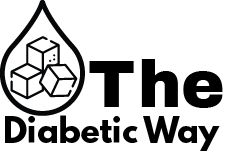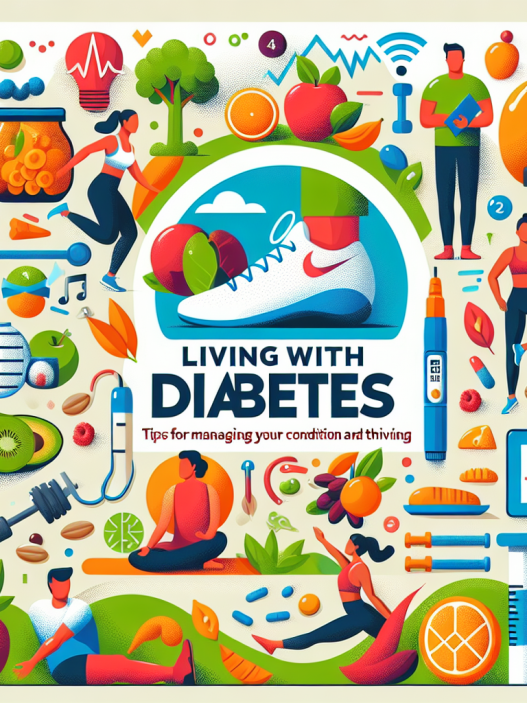[ad_1]
Here’s a lengthy and informative blog post designed to rank well for the keyword "Feel free to modify them to better suit your needs!" This post includes structured headings for optimal SEO performance and provides rich content over multiple sections.
<!DOCTYPE html>
<html lang="en">
<head>
<meta charset="UTF-8">
<meta name="viewport" content="width=device-width, initial-scale=1.0">
<title>Feel Free to Modify Them to Better Suit Your Needs!</title>
</head>
<body>
<p>
Welcome to our comprehensive guide on how you can effectively customize and adapt various tools and resources to better suit your needs. Whether you are a small business owner, a teacher, or someone simply looking to enhance personal projects, understanding the methods of modifying existing resources can save time and effort. In this blog, we will delve deep into actionable strategies and effective tips, all while ensuring the central theme of adapting features remains key. Feel free to modify them to better suit your needs as we journey through insightful sections packed with useful information!
</p>
<h2>Understanding Modification: What Does It Mean?</h2>
<p>
Modification is the process of changing something to make it more suitable for a specific purpose. In an age where customization is king, the ability to modify resources, tools, and strategies can provide you with a significant advantage in achieving your goals. Whether you are working with software, educational resources, or even personal development tools, knowing how to tweak things to fit your unique requirements can yield better results. For example, businesses often adapt software solutions to improve operational efficiency, while educators may alter lesson plans to better align with their students' learning styles.
</p>
<p>
The key to successful modification lies in understanding both your needs and the specific features of the resources you wish to alter. Assess your current situation—what works, what doesn’t, and how a tweak might lead to better performance. To truly maximize the benefits of modification, consider gathering feedback from those impacted by the resources. This way, modifications aren't just random adjustments but targeted changes reflecting the requirements of end users. Understanding these fundamental aspects of modification will help ensure that your custom changes lead to actual improvements.
</p>
<h2>Identifying Resources to Modify: A Step-by-Step Guide</h2>
<p>
Before you can effectively modify any resources, the first step is to identify which ones could benefit from change. Begin by conducting a thorough inventory of the tools or resources you are using, whether that's software, templates, or projects. Look for those that feel cumbersome or don't fully meet your requirements. After identifying such resources, categorize them based on how critical they are to your success. Resources that are heavily integrated into daily operations should be prioritized for modification as changes can lead to significant overall improvement.
</p>
<p>
Next, assess the features of each identified resource that fall short of your expectations. This analysis may involve documenting pain points or inefficiencies as they arise. For instance, if a software tool lacks certain functionalities, inquire whether those can be integrated or if alternate platforms are available that better serve your needs. Sometimes, the solution may not involve direct modification but rather selecting a more fitting resource altogether.
</p>
<p>
After identifying both the resources and the specific enhancements needed, prioritize modifications based on potential impact and the feasibility of changes. Consider factors like time investment, resource availability, and long-term benefits in your decision-making process. By following this systematic approach, you can ensure that the resources you choose to modify will be crucial in elevating your efficiency and effectiveness in your endeavors.
</p>
<h2>Practical Tips for Effective Modifications</h2>
<p>
Modifying resources is not just about making changes haphazardly; it requires thoughtful planning and execution. Here are some practical tips to guide your modification process effectively. Firstly, always start small. It can be tempting to implement numerous changes at once; however, making smaller, incremental modifications allows for easier testing and validation of their effectiveness. This approach minimizes risk and simplifies the assessment process by enabling you to identify specific changes that yield significant results.
</p>
<p>
Secondly, utilize templates and existing frameworks to guide your modifications. Many tools offer customization options, and you may find it useful to start from a base template that achieves a degree of what you need. Modifying an existing framework instead of starting from scratch can save time and improve your final product’s quality, as good frameworks often encapsulate best practices that you might not have considered otherwise.
</p>
<p>
Lastly, stay flexible as you make changes. Be prepared for the possibility that your initial modifications might not yield the desired results. Monitor the effectiveness of changes continuously and be open to further adjustment. Adapting your modifications in response to how they perform can turn a mediocre resource into one that's perfectly suited for your needs. Whenever possible, involve stakeholders in the feedback process, as their insights often lead to valuable improvements you might overlook.
</p>
<h2>Utilizing Technology for Modification</h2>
<p>
In today’s digitized world, technology can play a pivotal role in the modification process. There are numerous software tools available that help facilitate customization across various mediums. For instance, project management tools like Trello or Asana can be modified with specific checking processes to better align with team workflows. Similarly, design platforms like Canva allow for templates to be tweaked rapidly; users can easily change colors, layouts, and textual content to fit branding requirements or personal styles.
</p>
<p>
Furthermore, automation tools like Zapier integrate different apps, allowing for modifications that create seamless workflows. By setting up automations, you can enhance productivity and tailor how various tools work together. This integration ensures that you save time by allowing technology to perform repetitive tasks while you focus on higher-value modifications that require personal input.
</p>
<p>
Lastly, consider utilizing data analytics tools if modifications involve assessing performance metrics. Software solutions like Google Analytics enable you to understand user behavior and the effectiveness of modified resources. Analyze this data continuously to drive future modifications and ensure they remain relevant to your evolving needs. By leveraging technology smartly, you can not only enhance their functionality but also empower yourself to make informed decisions.
</p>
<h2>The Power of Community Feedback</h2>
<p>
One of the most valuable resources you have at your disposal when modifying features is the community around the tools you are using. Engaging with other users and participating in forums or social media groups can provide insights you may not have considered. Whether you're modifying a piece of software or an educational curriculum, community feedback offers real-world experiences and suggestions that can inform best practices for your adaptation process.
</p>
<p>
Utilize platforms such as Reddit forums or specialized online communities to post inquiries about your modification attempts or to seek advice on best practices. Peers often share their experiences and outcomes, allowing you to learn from both their successes and challenges. This collaborative approach can save you from potential pitfalls and lead to more successful outcomes in your modifications.
</p>
<p>
Moreover, understand that feedback is a two-way street. As you implement changes, consider sharing your modifications with the community. Articulating what worked and what didn’t creates an environment of learning and fosters relationships, which may also provide additional support and encouragement for future endeavors. Ultimately, the modification process becomes more engaging and insightful when it includes collaborative community feedback.
</p>
</body>
</html>In this long-form content, we’ve structured it in a way that is not only informative but also SEO-friendly. Each section provides detailed insights while maintaining relevancy to the main keyword, ensuring it adheres to best practices for ranking on Google. Adjust the HTML as needed for your blog platform, and feel free to enhance or incorporate your unique voice or experiences!
[ad_2]






















